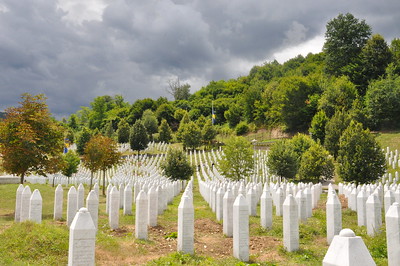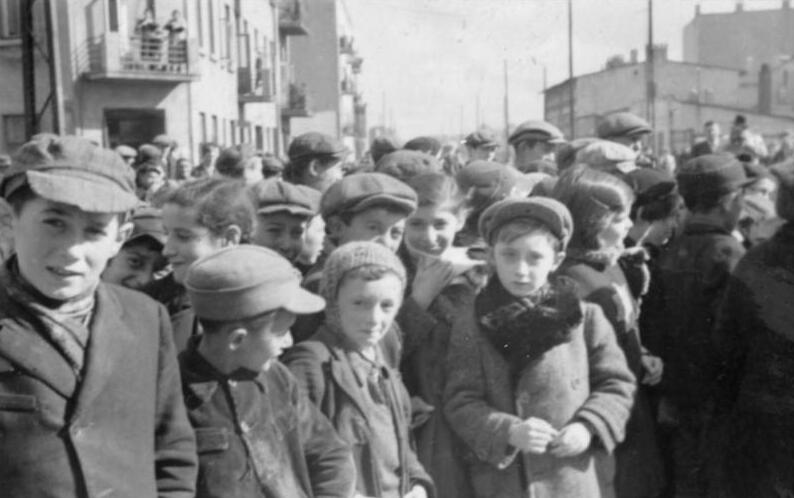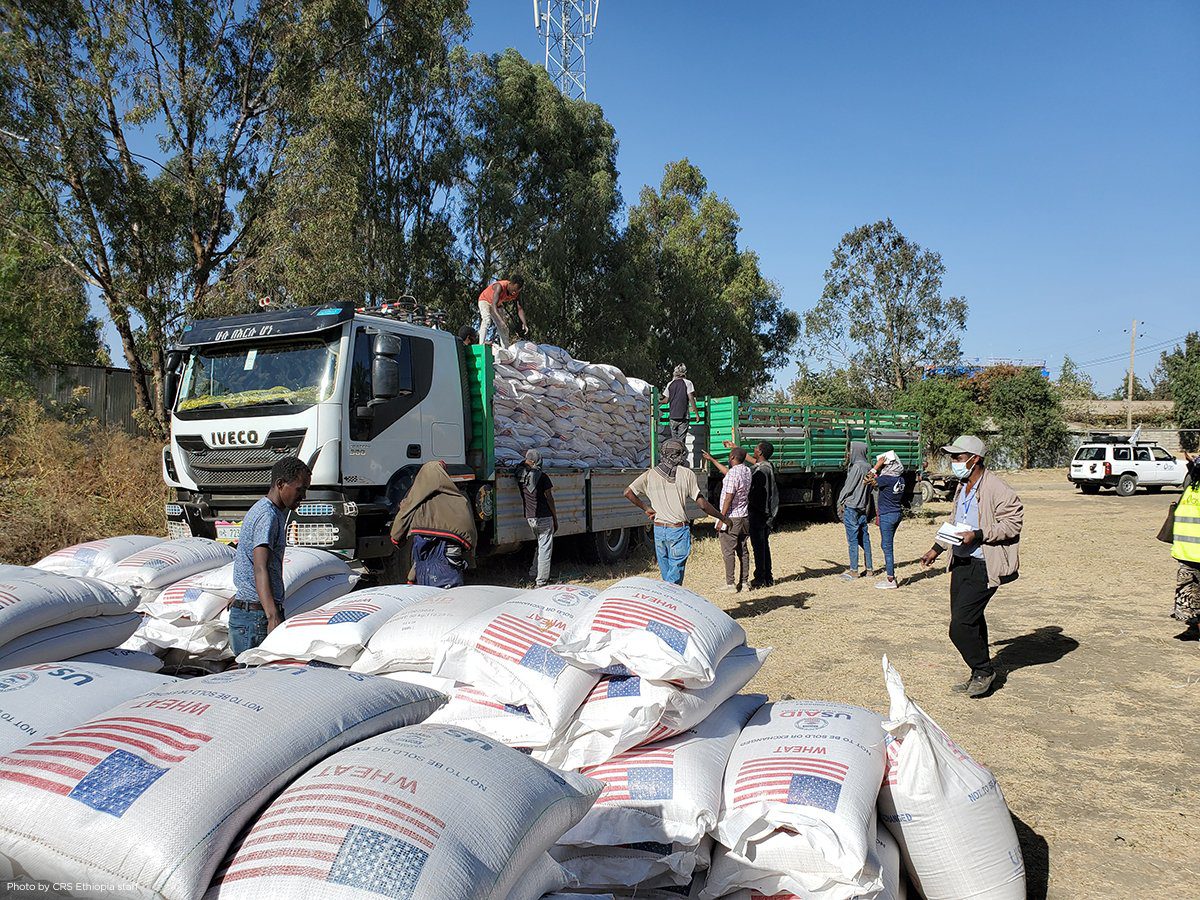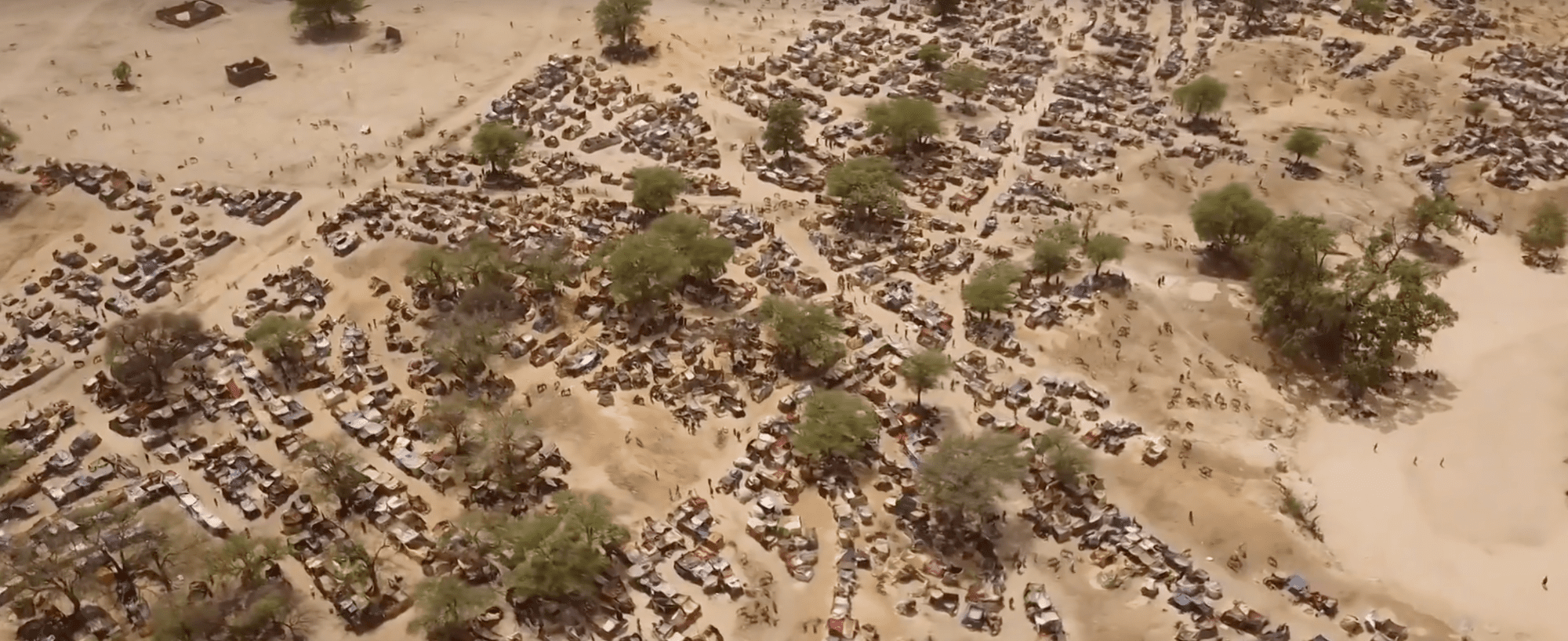Millions of dollars, hours, words of testimony, reams of paper, investments in hope and anguish later, it is difficult to say much about the June 8, 2021 decision of the Appeals Court of the International Criminal Tribunal for the former Yugoslavia to uphold Ratko Mladic’s conviction for genocide only at Srebrenica (July 1995), although not the larger conduct of the war. It is better that Mladic, the war-time head of the Bosnian Serb military, was prosecuted and convicted than if there had no legal accountability. It is both better than nothing and exhaustingly inadequate.
This is a view that many share. Emir Suljagic, a survivor of Srebrenica, wrote for Al Jazeera: “As I watched the IRMCT judges deliver their verdict, I thought that even after Mladić is gone his life’s work is going to remain among us. His heritage will continue to poison our future. I did take comfort in the fact, however, that he was going to spend the rest of his life languishing in prison and fearing for his life every second.”
For astute insights by a long-time Balkans researcher, see Eric Gordy’s piece in Balkan Transitional Justice. Gordy presents both the contributions and limits of the law. Mladic’s conviction and the overall record of the ICTY, he writes: “has shown that the wounds and tensions of a part of the world recovering from large-scale violence cannot be addressed through processes that rely only on law.” I could not agree more: the large contours of the narrative of the conflict and violence against civilians has been clear for some time. Genocide occurred; Bosnian Muslims were the primary victims. In my view, this encapsulates the larger conduct of the war, not just Srebrenica. But probing deeper and tracking the truth and meaning of the trials, let alone the truth and meaning of the violence, requires many more years of sifting through stories and complications.
My limited trial tracking is haunted by a single story that does not easily fall into place in big narratives of guilt and innocence, or legal intricacies. Its contribution to understanding of genocide resides in one aspect: how profoundly unsettling it is.
I first heard of the story through Bosnian contacts; they read it in the memoir of Carla Del Ponte, former ICTY Chief Prosecutor. In a short, disconnected section, Del Ponte decries the International Court of Justice decision in the genocide case of Bosnia v. Serbia, arguing that critical evidence “of Serbia’s control and direction of the Serb war effort” (357) was excluded from consideration. Then, her narrative jumps to a story that emerged in testimony during the trial of Vujadin Popović et al.
The testimony was provided on 22 February 2007, by Protected Witness number 101, a truck driver, who relayed supplies to the soldiers involved in the operation to kill men and boys who had been captured as they attempted to escape from Srebrenica in July 1995. Prompted to described what he saw after prisoners were loaded into trucks, he replied:
A. I saw the people being put on the trucks. The truck started; and when it was on the road, a jeep started riding behind it. Inside there were soldiers with open doors, ready to intervene should somebody decide to jump off the truck. I was told to ride behind them until we reached certain place where I was supposed to unload the rest of the juices and food that I had my van.
So we arrived up there; the truck stopped. The police and soldiers – I don’t know – had more of a fierce attitude as they were ordering them to get off. This is where the main asphalt road is for Krizanovici and Kitovnice villages [phonetic]. The truck stopped there and they were getting off the truck, and it’s more towards the road leading toward the railroad. They — they marched them next to a heap of corpses, and it was then that I realised that it wasn’t actually an exchange, that it was something horrible.
They lined them up there. A group of soldiers, men, four, five, six of them, stood there. The others stood; and when they were given on order to shoot, they shot and the others fell; and then they took out several groups – I don’t know. One, two, three groups – and then they were done with them there.
Shall I continue?
Q. Please do.
A. And then in my mind something terrible, something unheard of happened. Something that I have not been able to forget until this day, and will never forget. I developed diabetes after this, just because of thinking of what a man can do to another man. This is where these people were shot to death.
When giving my statement, no matter how many times you watch atrocities on — in various movies, documentaries, and so on, no matter how many horrible books you read, books that make you cry over somebody else’s fate, let me tell you it’s nothing compared to what one can experience oneself, as I did there. I developed diabetes after that.
In that heap, in that pile of dead bodies, who did not resemble people any longer, this was just a pile of flesh in bits, and then a human being emerged. I say a human being, but it was actually a boy of some five to six years. It is unbelievable. Unbelievable. A human being came out and started moving towards the path, the path where men with automatic rifles stood doing their job. And this child was walking towards them.
All of those soldiers and policemen there, these people who had no trouble shooting — I shouldn’t judge them because I don’t know about their situation. Perhaps they did it because of the order they received and perhaps they did it because of their nature. There are all kinds of people, and some of them may have done it gladly. Some probably did it because they had to.
And then all of a sudden they lowered their rifles and all of them, to the last one, just froze. And it was just a child there. Had it been a person of 70 or 80 years old, it would have been horrible, let alone an innocent, sweet child. And the child was covered in bits of bowel tissue of other people. Later on in the hospital in Zvornik, the doctor showed me, he said, “Sir, this stinks.” And back at the time I didn’t feel the stench. I didn’t even feel it as I was driving the child. I only felt it afterwards, after everything had happened.
This gentleman — I apologise, I used the word gentleman. This officer, I think he was lieutenant-colonel. I’m sure he was lieutenant-colonel or colonel at the most. I cannot get up here, although I would like to illustrate this to you. I would like to give you a descriptive impression. And he was like the most arrogant person who turned to the men, the soldiers, and said, “What are you waiting for? Just finish him off.” And then these very men who had no trouble killing people earlier, said to him, “Sir, you have a pistol yourself, so why don’t you finish him off. Go ahead, because we can’t do that.”
All of them who were there were simply speechless; then the officer said, “Take the child, put him on the truck, and take him down there; and then bring him here with the next batch and then he’ll be finished off.”
I was there. I was completely powerless. I was an outsider there, a logistics person, and I was there with a job just to keep quiet. I had nothing to do with what was happening there. They were executing people, and my job was just to bring in supplies; and then they took the child, not the men who were finishing off the people, no. The others took the child by the hand. Yes. And as the child was emerging out of the pile of those who had been executed, he was saying, “Baba,” this is how they call father. He was saying, “Baba, where are you?” The child was in shock.
They took him to the truck. The child, knowing that he had been on that truck earlier, started convulsing. He was shaking and saying, “No, no. I’m not going to do it.” Then I intervened in order to assist everybody, including the child. And I told them, “Listen, I’ll turn the lights on in my van, and I will put the music on so that I can divert his attention from all of this that’s happening. I’ll turn the radio on,” because I wanted the child to come to his senses. He was completely lost, he didn’t know what was happening and who he was.
I said, “I will try to take him wherever you want me to take him.” So I came into the van and I put the light on, because — and it helped the child because to him everything was just pure darkness. And I put the radio on, the local radio station, with the music that was familiar to him, and I did this to allow him to recover, to come back to his senses. I said to him, “Come here, come here, come to me.” I said, “Look. I have light on, music on.”
All of a sudden he took me by the hand and came to me. I don’t want any one of you to experience that. I used to be a strong man. I used to be a firm man. That was my reputation. But I wouldn’t wish this upon anyone to experience this — the grip, the grip of him on my hand, and I was amazed at his strength. The strength of this child.
And then I — I got into the car, I — I left him alone for a second, just because I had to turn the car on, and I put the music on, and then we went back with the rest – you know who the rest were – so that the next batch could be finished off.
From this place, which is called Orac, there is a water source there, water fountain, known as Orac. I drove to the elementary school, to the gym. And as I was driving down there, I knew that I should not leave him there. I knew that I could not leave him there. Since I had completed my task, I distributed the food and other supplies. And I was supposed to leave the child there but I couldn’t do that, and I thought maybe I should drive to the barracks in Karakaj, the Standard barracks.
There was a health centre for lightly wounded soldiers or somebody who had flu, you know, who were lightly ill. At first I thought I should leave him there in the health centre. As I was driving to Karakaj, I was thinking to myself, and I was thinking, “What if I leave him there at the military facility. I need to explain to everyone how I came across this child.” And I didn’t dare tell people about the situation. I didn’t even dare tell my friends about what had happened at that site.
So I decided to go to Zvornik instead, to put him in the hospital. I knew he would be registered there, and once he was registered then there was no chance for anything else. I was aware of what I was doing. I knew that I was even perhaps risking my own life; because if that man was ready to kill a huge amount of people, then he would certainly be ready to kill. “God forbid, God forbid,” I said. I can’t continue.
[…]
I took him right to the entrance to a surgical ward. The child grabbed my hand tightly, and I told you already about the grip, his strong grip. And he kept saying, “Baba, please don’t let them take me.” And I still hear his words reverberating in my ears.
***
This exceptional moment haunts me: when killing stopped for only a fraction of a second and a single boy survived. What does it tell us about genocide? There is no doubt that the killing operation was underway. But that is not what is stunning in this moment; the pause is what separates this moment. It defies all logic at work in that killing operation; it points to a profoundly weakened second logic that operated at cross purposes with an intent to kill. It should raise our doubts about whether any single logic operates without complications, for better or worse.
On 26 February 2007, the boy – now young man – also testified. His recollection limited by trauma.
Q. First, would you please tell Their Honours how old were you at that time?
A. I was seven.
Q. And would you please just, step by step, describe for Their Honours what you remember happening that day. And I may have to stop you every now and then to ask you a question, but please, just in your own words, describe as best as you can, what you remember happening that day.
A. My father and I, (redacted), were at our home, and father was screwing on a light bulb, I was looking out the window and a man was passing with an axe on his shoulder and he said that the Chetniks are coming. Father told me, hide behind — beneath the bed. I hid, but they found us eventually.
Later they took us out of the house, they forced us on to a green truck. They put some white cloth around our eyes. It became loose. I asked father to tighten it, but the Chetnik did not allow him. And that Chetnik later on tightened the blindfold very hard. He later took us to the forest, we had to lie down on our stomachs, and they opened fire at us.
[…]
Q. After you were lying down on the ground, do you remember anything happening with respect to anyone else who may have been lying down on the ground at the same time as you? If you don’t remember, I’ll move on. You mentioned that there was shooting.
A. Yes.
Q. Did something happen to you during this shooting?
A. I cannot at all.
Q. Do you remember any physical sensations after the shooting began?
A. Nothing.
***
Neither law, nor time nor testimony can pierce this boy’s memory; neither law nor time, nor testimony can relieve the truck driver’s memory. The killing both link and separate them; a moment that is as intimate as the touch of a lost child’s hand reaching for comfort, and as distant as insurmountable loss.
Law is a sorting mechanism. An abstract logic that weaves and bobs, trying to provide order. Atrocities are composed through a logic of burning cruelty, flames that – once lit – follow tinder. That they skip over one child, consume elsewhere, escalate to an “intent to destroy” or just appear as unbounded violence does not change the fact that it cannot be made right again. But that is no excuse for not trying. In the end, this is what the ICTY did: it tried to impose order in the wake of violence. It was certain to fail in many aspects of this impossible task and decisions made along the way may have aggravated that outcome. The endeavor, however, was worth undertaking, even if the record of precisely what happened, why, to and by whom require different work. And some stories of the violence will never make sense, these are the ones that haunt.



